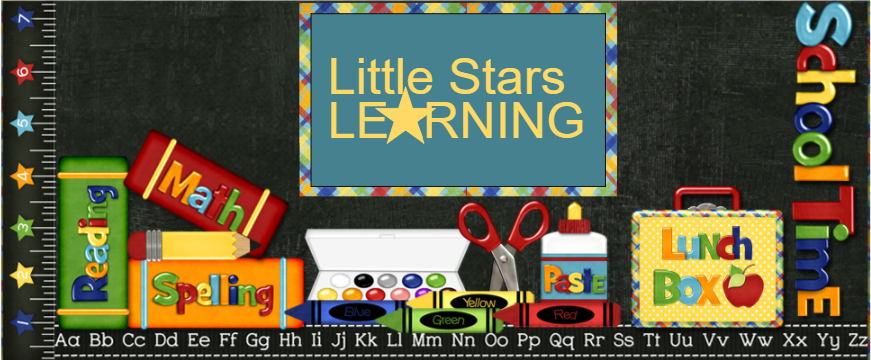I invite the children to join me, either vocally, or simply by starting to do something they can mimic.
These activities work upon:
- Fine motor skills
- Gross motor skills
- Physics
- Logic/reasoning/problem solving
- Counting, colors, letter recognition, 1-1 correspondence, analysis
TALL TOWER
Here, the are doing simple stacking.
Mentally, I am assessing their dexterity, thought processes and movement, and how they handle any frustration.
During the second round, once the initial block tower falls over, I then ask them if they can tell me a letter or color on the blocks as they place them. If they tell me wrong, I simply say the correct one and have them repeat it.
This round, I look for increased skill in stacking.
If they choose to do a third round, then I ask them to count the blocks as they place them. Since they usually do it highest during this round.
They usually want to do more, but I stop here and give another child a turn. It is always best to keep them wanting more. They know they can come back and do it on their own at any time.
I CAN DO IT, CAN YOU DO IT
This activity has me on one side with a set of blocks, and the child on the other with an identical set of blocks.
I show the child the block, they find it.
I place it down, they mimic my placement.
It may seem simple, but it is not.
I don't give verbal instructions, so I am looking to see if the child identifies the correct block and chooses it, and if the placement is a mirror of mine, inverted, etc. to see how their mind is working.
For instance the child above, chose to flip the side the secondary tower is on, but mirror the main structure.
The pre-k's like to do this on their own as an activity with a friend, taking turns as the main and secondary builders.
HOW MANY IS IT?
For this game, we simply take as many of the big blocks out as we can find, throw them all on the table, and each child grabs free-for-all as many as they can until all blocks are claimed.
Once they have them, they take turns counting how many they have. For the younger ones, like this 2yo, it is often easier for them to place them linearly. I only help if they need it. I am looking to see how THEY choose to place them for counting, and how they do it.
Do they line them up, count them in a random placement, or count as they move them from one set into another set?
COLOR SORT & GRAPHING
The blocks are all tossed on the side of the table, and the children sort them into columns by color. Often the hardest part is the column part, since usually we sort into groups. Each block has 2 colors.
I'm assessing their fine motor skills, placement choice, color choice, how they work around one another to get to more blocks, if they gather some up and take them to the other side, and if they correct another's work.
I hear a lot of, "Can you pass me a block, please?" which makes me very happy.
Once sorted, we count the groups, count them all, then do analysis:
- Which color has the most/least?
- How many more does purple have than yellow?
- Does red have the same amount as green?
- How many is purple and orange added together?
Tags: learning, play, through, math, counting, colors, fine motor, toddler, preschool, activity, hands-on, child care, daycare, homeschool, homeschooling

























No comments:
Post a Comment
Note: Only a member of this blog may post a comment.